Crop Report
We have received seven inches of rain in July, and yes, it rained again this morning. A much‑welcomed cooldown began today, with temperatures expected around 75°F. Corn is at R3, and soybeans are at R4 growth stage. Since Dad and my brother disagreed on applying fungicide to corn this year, we left a check strip untreated. At this time, gray leaf spot is much worse in the untreated check. A few aphids are showing up in corn, but nothing like last year. Soybeans look good, with only a few Japanese beetles lingering on field edges. With all the rain, the soybeans keep putting on new growth and pods at the top of the plant.
The heat and humidity have finally broken today after what feels like a very miserable few weeks. Over the past week, rainfall in LaSalle, Bureau, Marshall, and Putnam Counties has been sporadic, with some areas receiving nearly six inches and others less than an inch. Crops in areas with lower rainfall are still showing some heat stress. Overall, most crops look healthy, but the increased rainfall has finally brought disease to my four-county unit.
Tar spot has now been officially reported in all but Putnam County, though I suspect the disease is present there as well. Most growers have finished applying fungicide, and crops are now at stages where application is no longer recommended. Corn has reached R3 (milk), soybeans are at R5 (beginning seed), and double-crop soybeans are at V2–V3.
Pest pressure is low overall. Rootworm, bean leaf beetle, and Japanese beetle have been observed in soybean fields, but no significant damage has been reported.
And just like that, conversations on drought have ended (for now) in northeast Illinois. Cumulative precipitation exceeded four inches in some areas last week. While the rain is welcome, earlier-planted corn that pollinated during the dry stretch has experienced kernel abortion. More favorable growing conditions should enhance grain fill and benefit later-planted and longer-maturity corn.
Dr. Boris Camiletti posted a “Red Crown Rot Progressing in Illinois” Bulletin article on July 28. The disease has been confirmed as far north as Livingston and Kankakee Counties. Growers in northeast Illinois are encouraged to watch for SDS‑like foliar symptoms in soybean and to submit samples to the plant clinic for confirmation.
Illinois Extension and the Kendall‑Grundy Farm Bureau are hosting a 2025 Crop Development Update meeting on August 12 at 11250 N. Church Road, Minooka. The meeting begins at 1:30 p.m. Dr. Giovani Preza‑Fontes, University of Illinois Agronomy Extension Specialist, will share expectations for a growing season filled with temperature and precipitation extremes. In addition, Steve Brand, Northern Illinois Extension Specialist, will provide insights into plant diseases observed across northern Illinois. This meeting is open to the public.
Frequent rains over the past week have maintained adequate soil moisture levels in northern Vermilion County. As I conducted my survey on the morning of 7/31, light rain was falling once again. Despite the relatively wet conditions for this time of year, disease pressure remained low in the corn and soybean fields visited. In corn, the most common sight was the tell‑tale “inverted V” chlorosis/necrosis pattern showing up in the lower canopy, in areas where nitrogen is limited and the plant is remobilizing nitrogen toward grain fill. Most corn fields surveyed were in the R3 “milk” stage, with some still in late R2 “blister” stage. Soybeans were generally in the R3 “beginning pod” to R4 “full pod” stages, although a couple of fields surveyed were nearing R5 “beginning seed.”
Corn and soybean fields across McLean, DeWitt, and Sangamon Counties have now reached the reproductive stages, with soybean fields closing their canopies and tassels clearly visible across every corn field I’ve driven past this week. These reproductive stages, combined with recent hot weather, create favorable conditions for insect and disease pressure—both of which are likely present by now, especially where preventative applications weren’t made. The heat is expected to ease starting tomorrow, which is good news for corn yields, since elevated night temperatures can greatly impact production. In corn fields with nitrogen deficiency, lower leaves are firing and showing the characteristic V-shaped chlorosis/necrosis. While rainfall has been consistent across the region, it remains scattered, with some areas receiving several inches over the past week.
HOT & HUMID — ideal conditions for disease development. Hot nights and foggy mornings mean lots of fungicide applications.

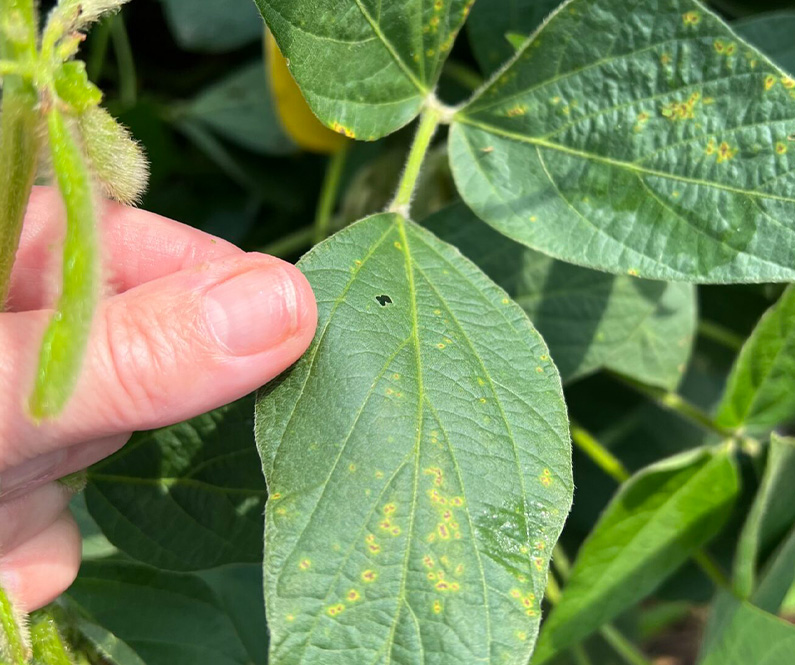

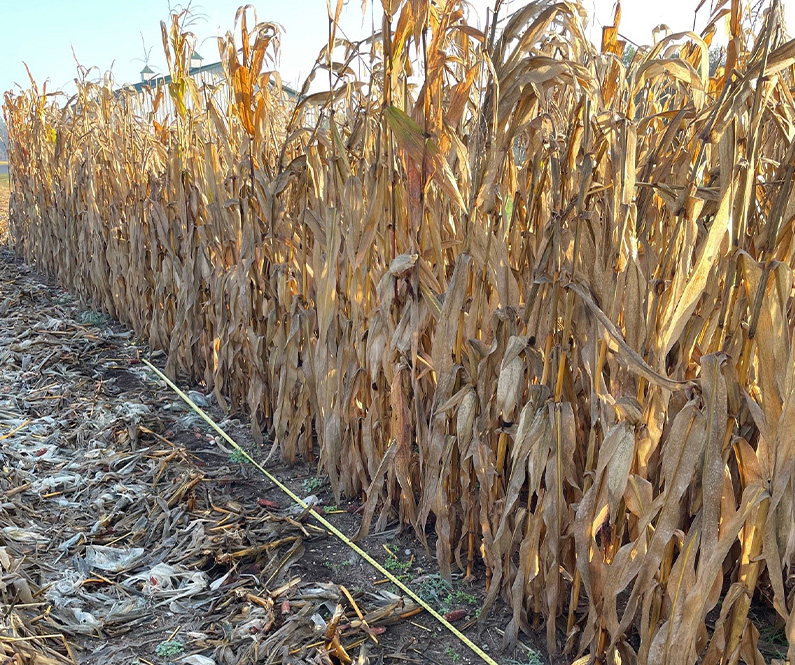
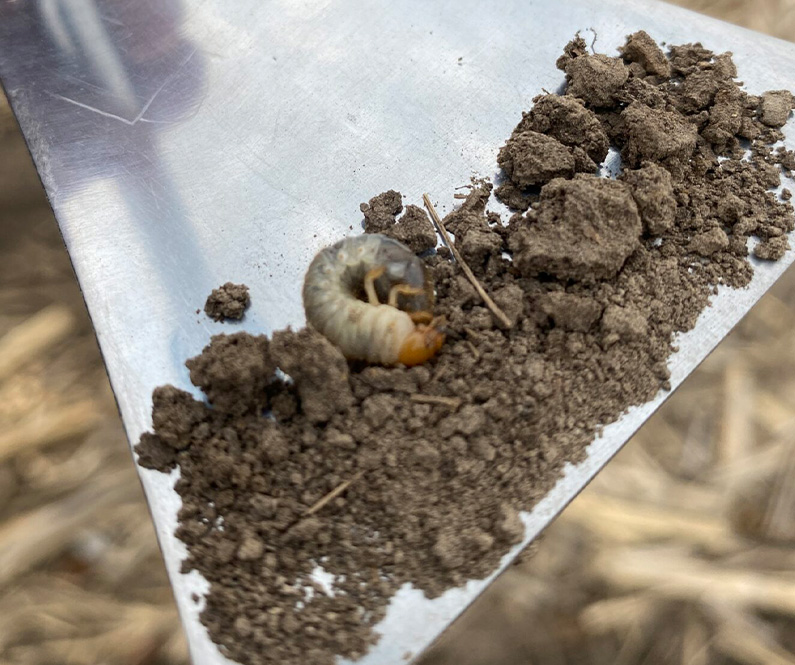
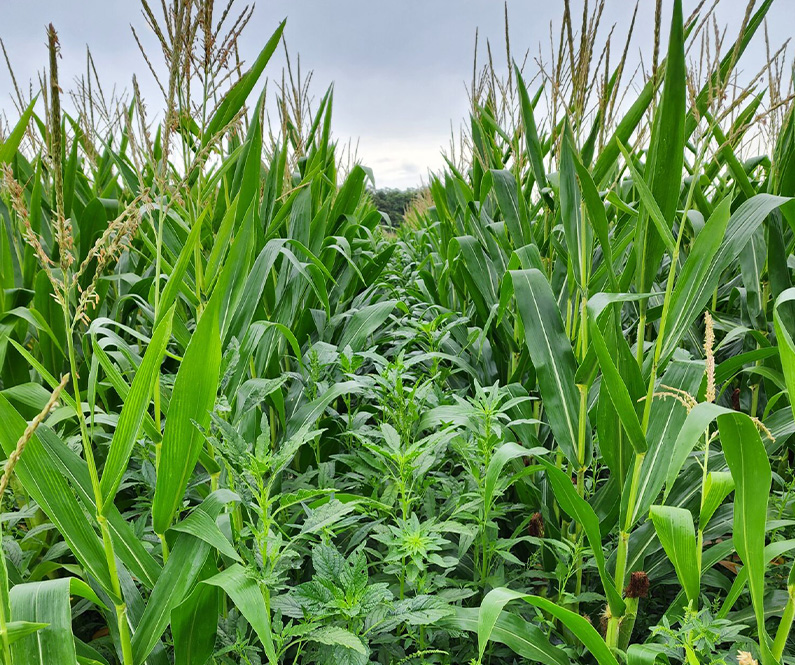
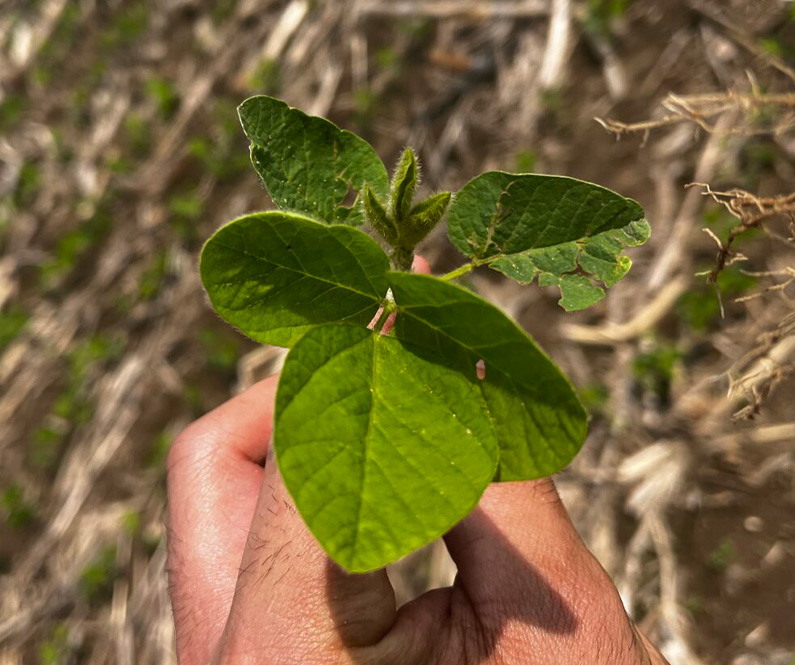
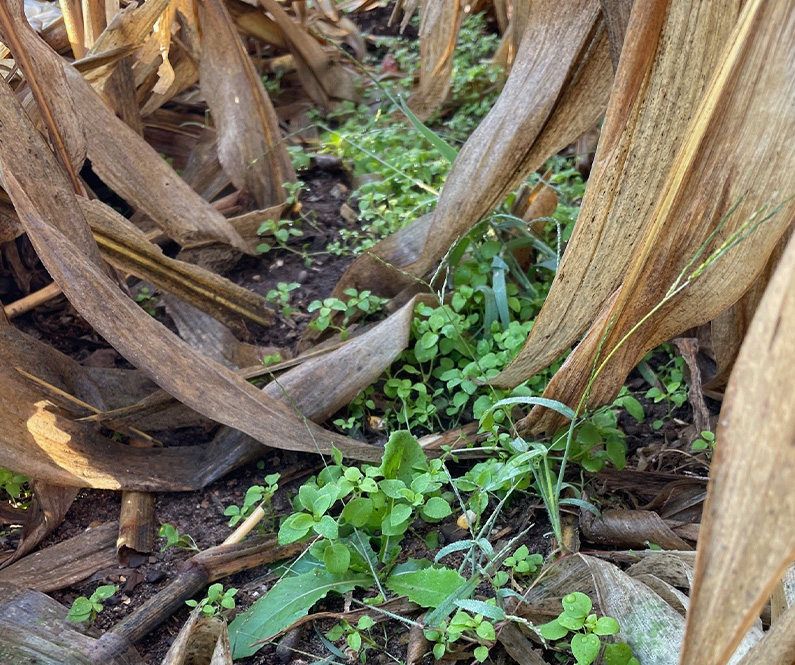
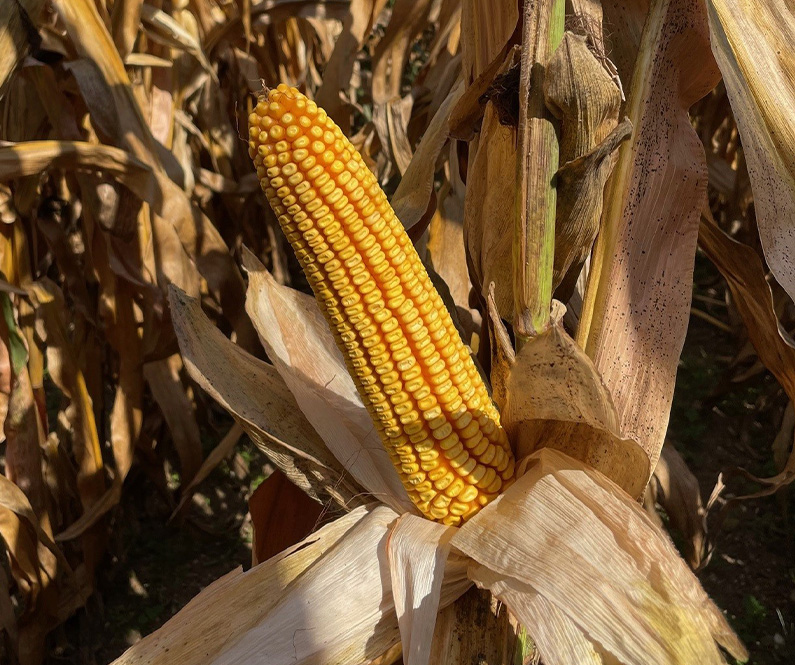
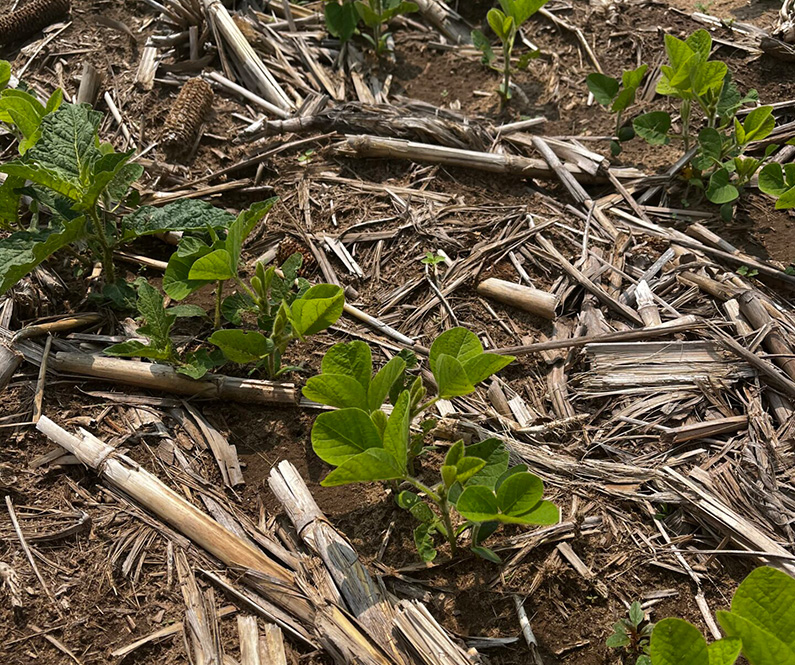


 and then
and then